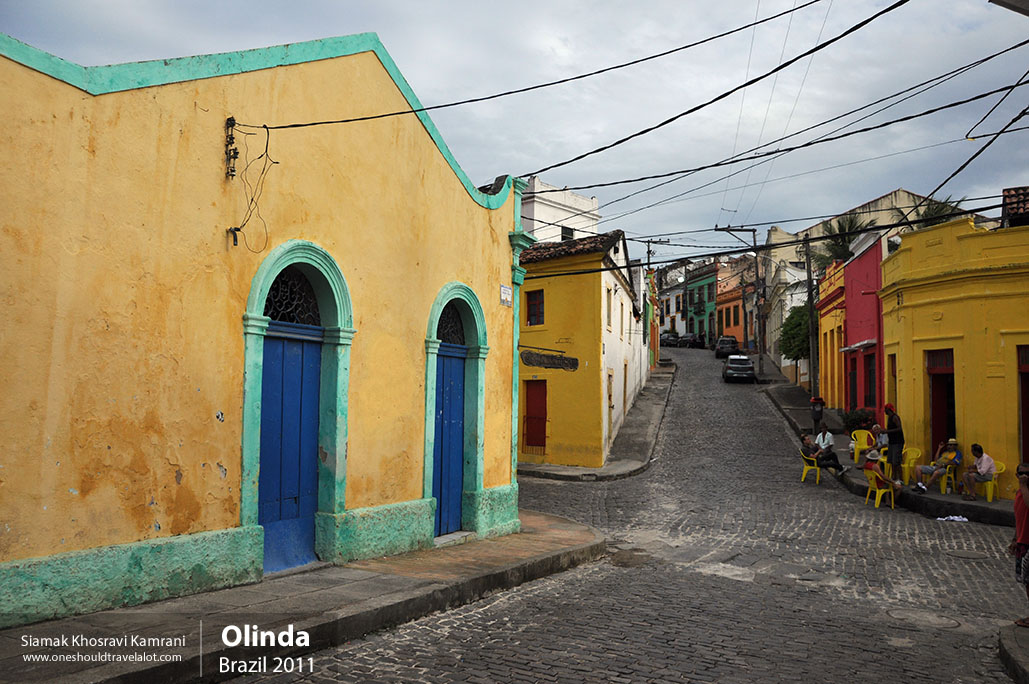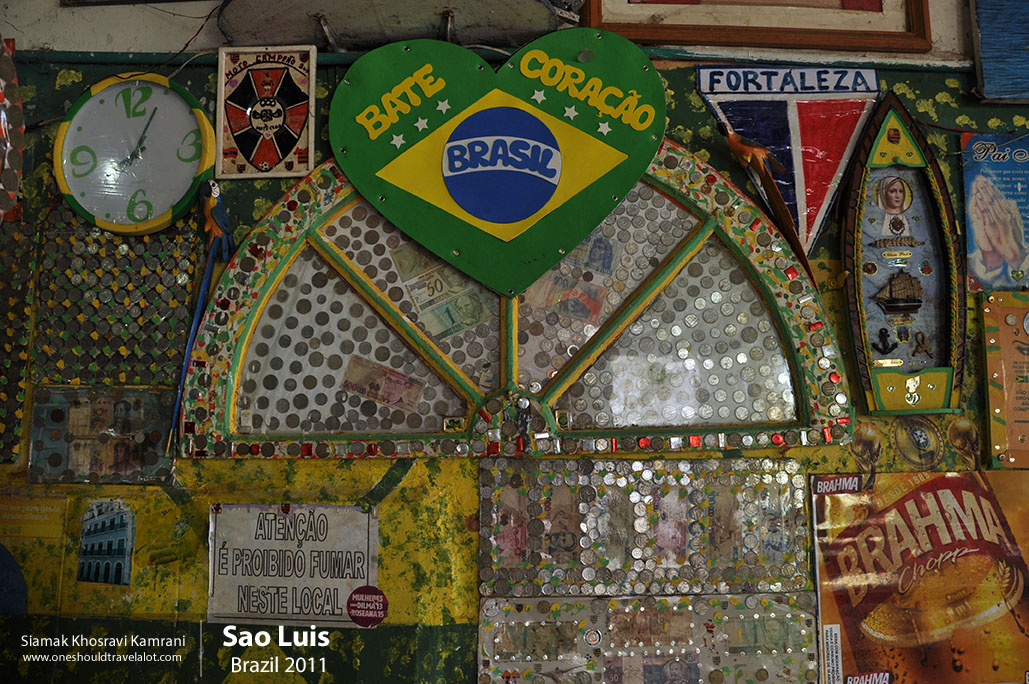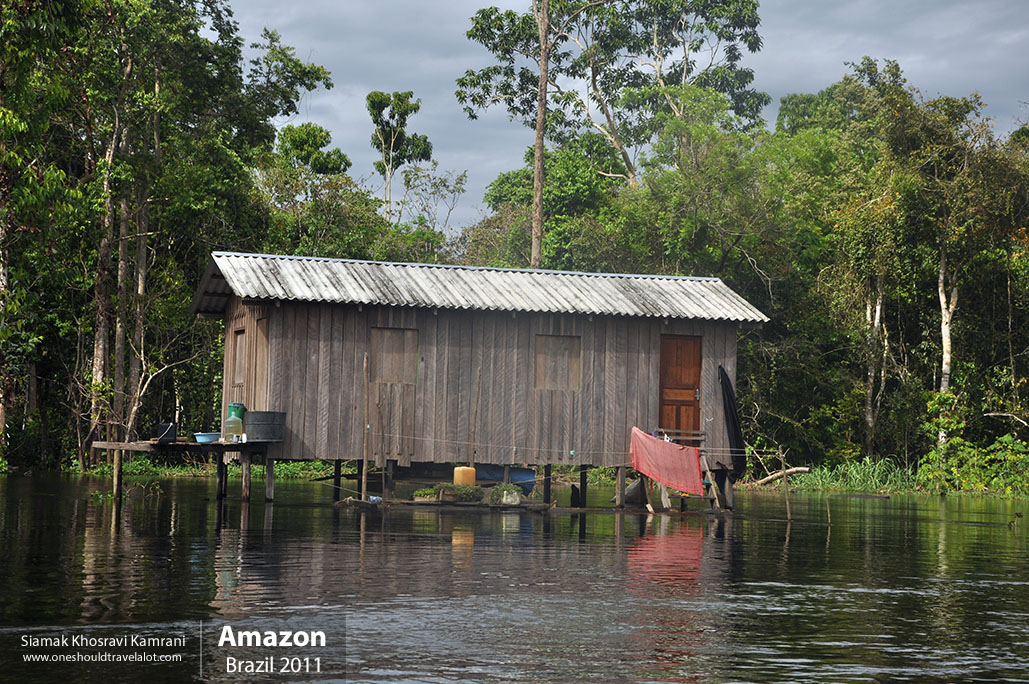Discovering Rio de Janeiro: A Photographer’s Journey
Arrival in Rio
As I stepped off the plane and into the warm embrace of Rio de Janeiro’s tropical air, I felt an immediate surge of excitement. This vibrant city, famous for its breathtaking landscapes, lively culture, and rhythmic samba beats, had long been on my bucket list. My camera was ready to capture the essence of Rio, from its golden beaches to its bustling streets.
The Magic of Copacabana and Ipanema
My first stop was the world-renowned Copacabana Beach. The sight of the crescent-shaped shoreline, dotted with colorful umbrellas and thronged with sunbathers, was nothing short of spectacular. The energy here was palpable, with locals and tourists alike soaking up the sun, playing beach volleyball, and enjoying refreshing coconut water straight from the shell. I spent hours wandering along the promenade, snapping photos of the iconic black-and-white tiled pavement that stretched along the seafront.
Next, I headed to Ipanema Beach, which exuded a slightly different vibe. Known for its trendy atmosphere, Ipanema was where Rio’s fashionable crowd gathered. The sunset over Ipanema was a mesmerizing sight, with the sky painted in hues of orange, pink, and purple, reflecting off the waves. The Dois Irmãos (Two Brothers) mountains provided a stunning backdrop, adding a dramatic touch to my photographs.
Exploring Santa Teresa
Leaving the beaches behind, I ventured into the heart of Rio’s cultural scene: the bohemian neighborhood of Santa Teresa. Perched on a hill, this area was a photographer’s dream with its narrow, winding streets, colonial-style houses, and vibrant street art. The iconic Escadaria Selarón, a staircase adorned with colorful tiles from around the world, was a must-see. I met the local artisans and shop owners, each with stories to tell, and their welcoming nature added a personal touch to my experience.
The Bustle of Lapa
Just downhill from Santa Teresa, Lapa came alive at night. Famous for its nightlife, this district was where the samba rhythms truly took over. The Lapa Arches, a former aqueduct now used by the city’s tram system, was a striking sight, especially when illuminated at night. The streets were lined with samba clubs and bars, and the sound of music filled the air. I couldn’t resist joining in the revelry, dancing with locals and capturing the infectious joy on their faces through my lens.
The Majestic Christ the Redeemer
No visit to Rio would be complete without seeing Christ the Redeemer. I took the cog train up Corcovado Mountain, the anticipation building with each turn of the track. Standing at the base of this colossal statue, with its outstretched arms symbolizing peace, was a humbling experience. The panoramic view of Rio from this vantage point was simply breathtaking. The city sprawled out below, with its beaches, mountains, and the shimmering waters of Guanabara Bay creating a perfect blend of natural and urban beauty.
A Day in Tijuca Forest
To experience Rio’s natural side, I spent a day in Tijuca National Park, the world’s largest urban rainforest. The park’s lush greenery, cascading waterfalls, and diverse wildlife provided a serene escape from the city’s hustle and bustle. Hiking trails led to stunning viewpoints, such as the Vista Chinesa, where I captured sweeping vistas of Rio. The sound of birdsong and the rustle of leaves in the wind created a peaceful ambiance, perfect for some introspective moments.
The Flavor of Rio
Rio’s culinary scene was as vibrant as its culture. I indulged in traditional dishes like feijoada, a hearty black bean stew with pork, and pão de queijo, delicious cheese bread balls. The street food was equally enticing, with vendors selling everything from açaí bowls to churros filled with dulce de leche. The flavors were bold and rich, reflecting the city’s diverse influences.
Immersing in the Culture
The people of Rio, known as Cariocas, were incredibly warm and friendly. Portuguese is the official language, but the smiles and hospitality transcended any language barriers. I learned about the city’s rich history, influenced by Portuguese colonization, African heritage, and indigenous roots. This cultural melting pot was evident in the music, dance, and art that permeated every corner of Rio.
The Spirit of Carnaval
Although I visited outside the Carnaval season, the spirit of this world-famous festival was still very much alive. Every weekend, the city seemed to host a mini-Carnaval, with street parties known as blocos. The vibrant costumes, infectious music, and spontaneous parades gave me a glimpse of what the real Carnaval must be like. I made a mental note to return one day to experience it in all its glory.
Reflecting on Rio
As my time in Rio de Janeiro came to an end, I felt a deep connection to this city of contrasts. From its stunning natural landscapes to its dynamic urban life, Rio had a way of captivating the heart. The standard of living varied across different neighborhoods, with some areas showcasing opulent residences while others reflected more modest means. Yet, there was a sense of unity and pride among the Cariocas that shone through.
Highlights of Rio de Janeiro
- Copacabana and Ipanema Beaches: Stunning shores, vibrant atmosphere, and breathtaking sunsets.
- Santa Teresa: Bohemian neighborhood with colonial-style houses and vibrant street art.
- Lapa: Nightlife hub with samba clubs and the iconic Lapa Arches.
- Christ the Redeemer: Panoramic views from Corcovado Mountain.
- Tijuca Forest: Lush urban rainforest with hiking trails and waterfalls.
Local Culture and Cuisine
- Culinary Delights: Traditional dishes like feijoada and street food such as açaí bowls.
- Carioca Hospitality: Warm and friendly locals with a rich cultural heritage.
- Carnaval Spirit: Mini-Carnavals and street parties showcasing vibrant costumes and music.
Practical Information
- Language: Portuguese.
- Best Time to Visit: December to March for summer vibes; February/March for Carnaval.
- Safety Tips: Stay in well-known areas, especially at night; be cautious with belongings.



